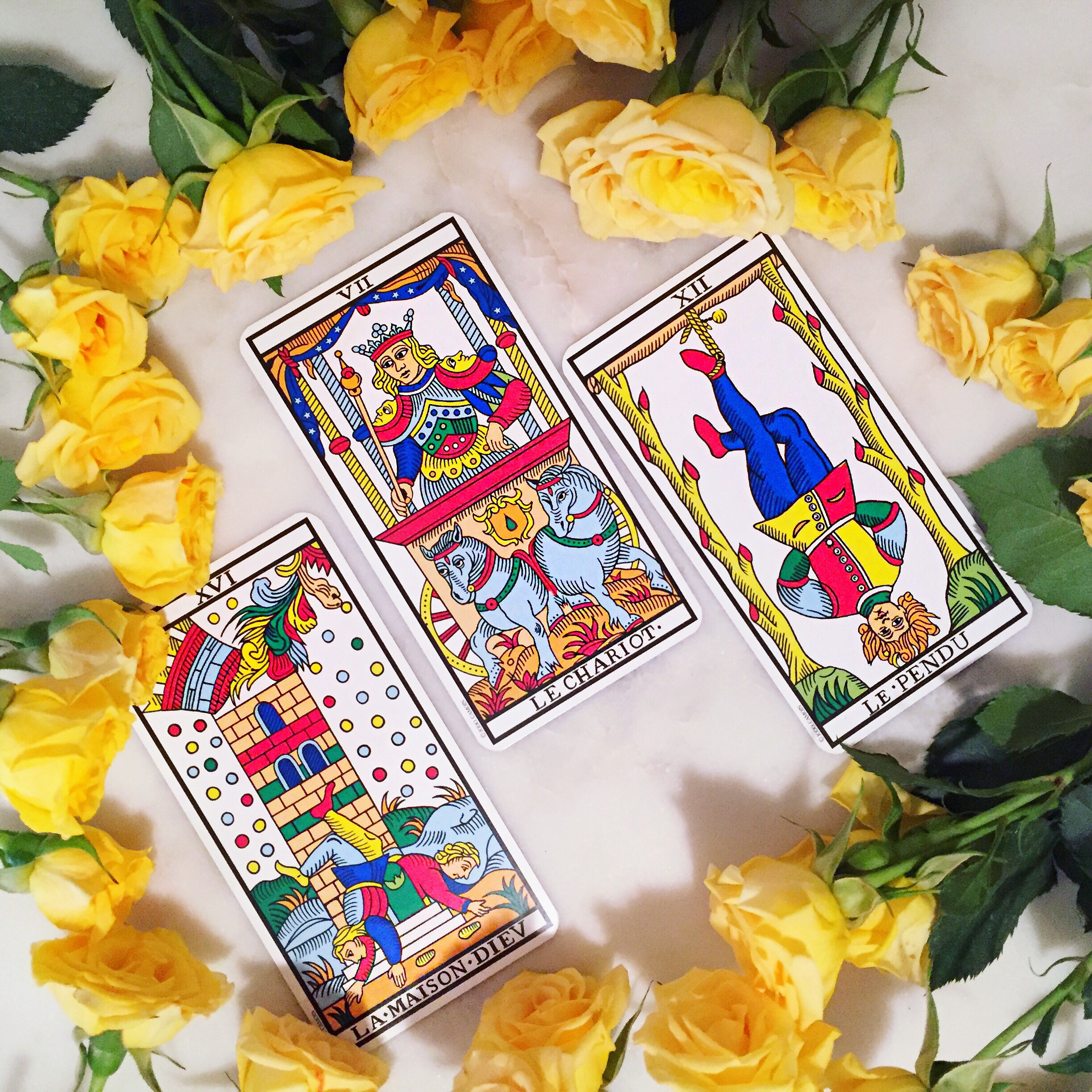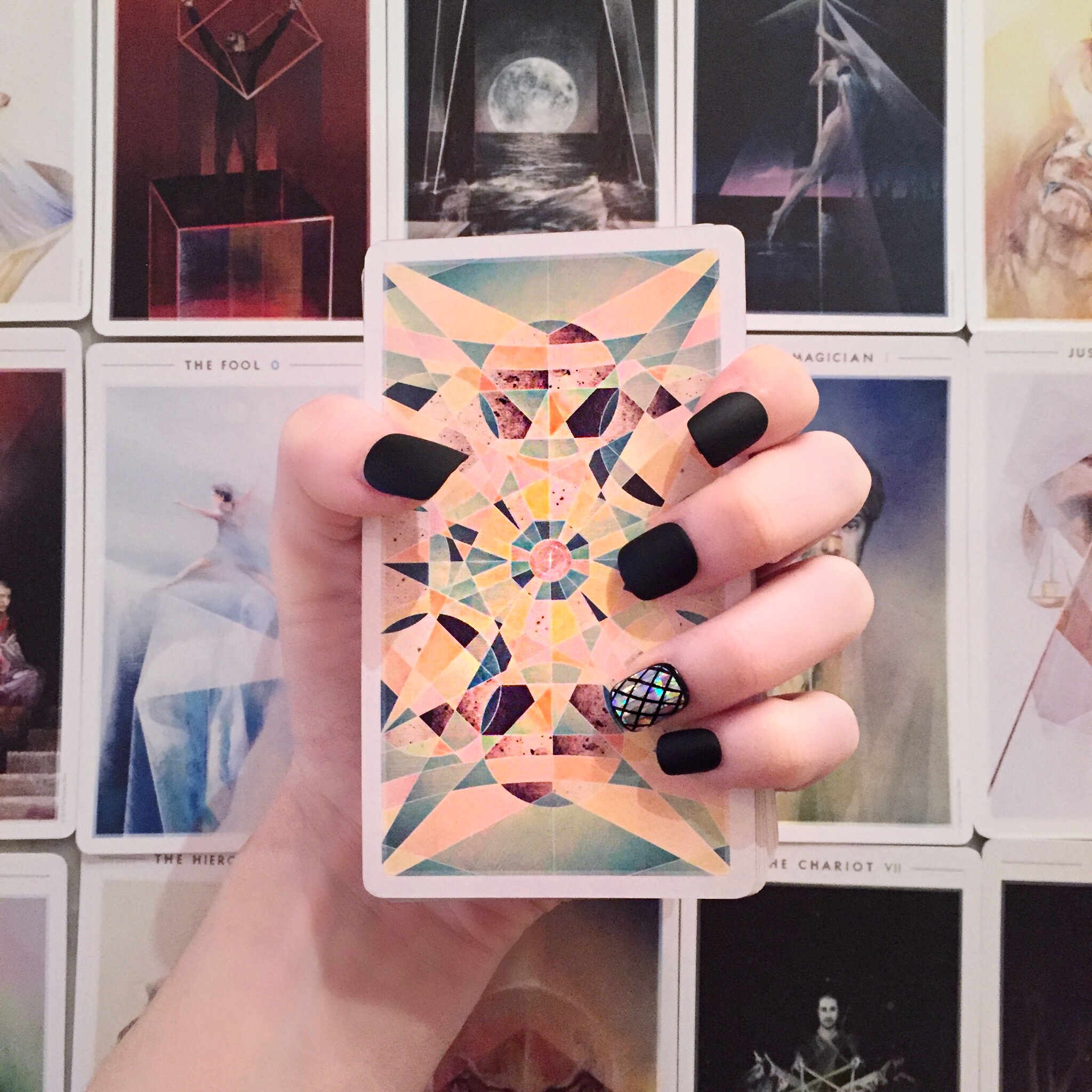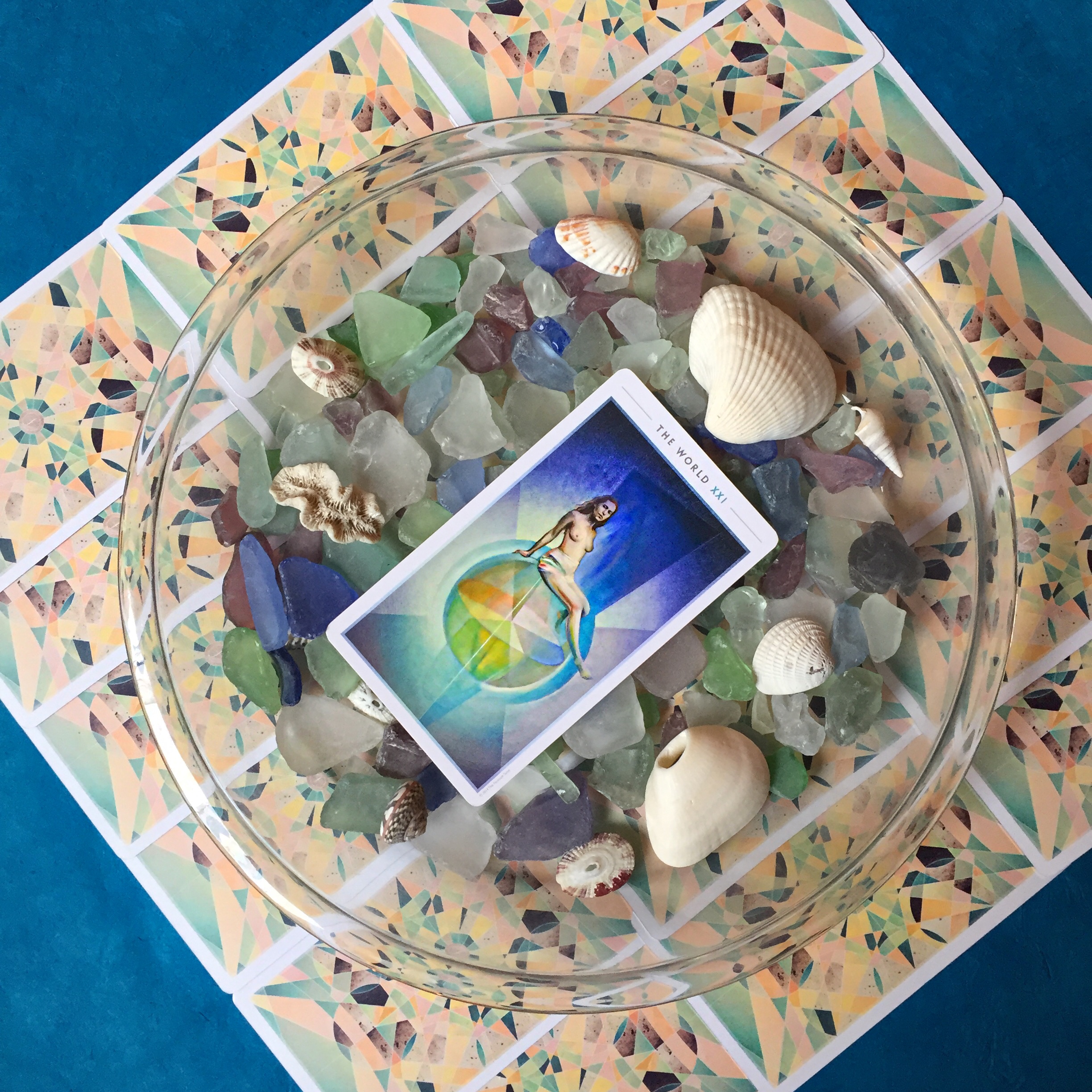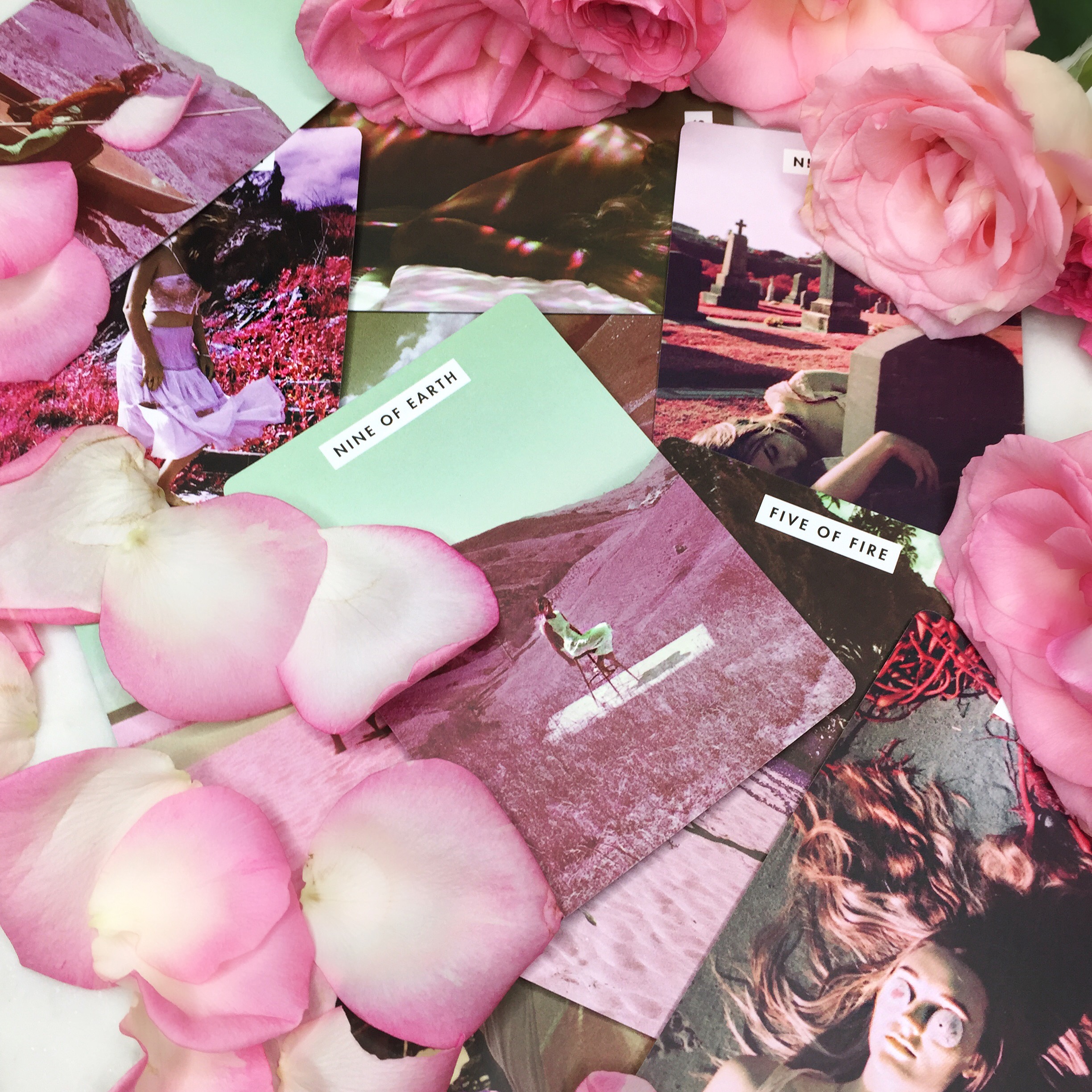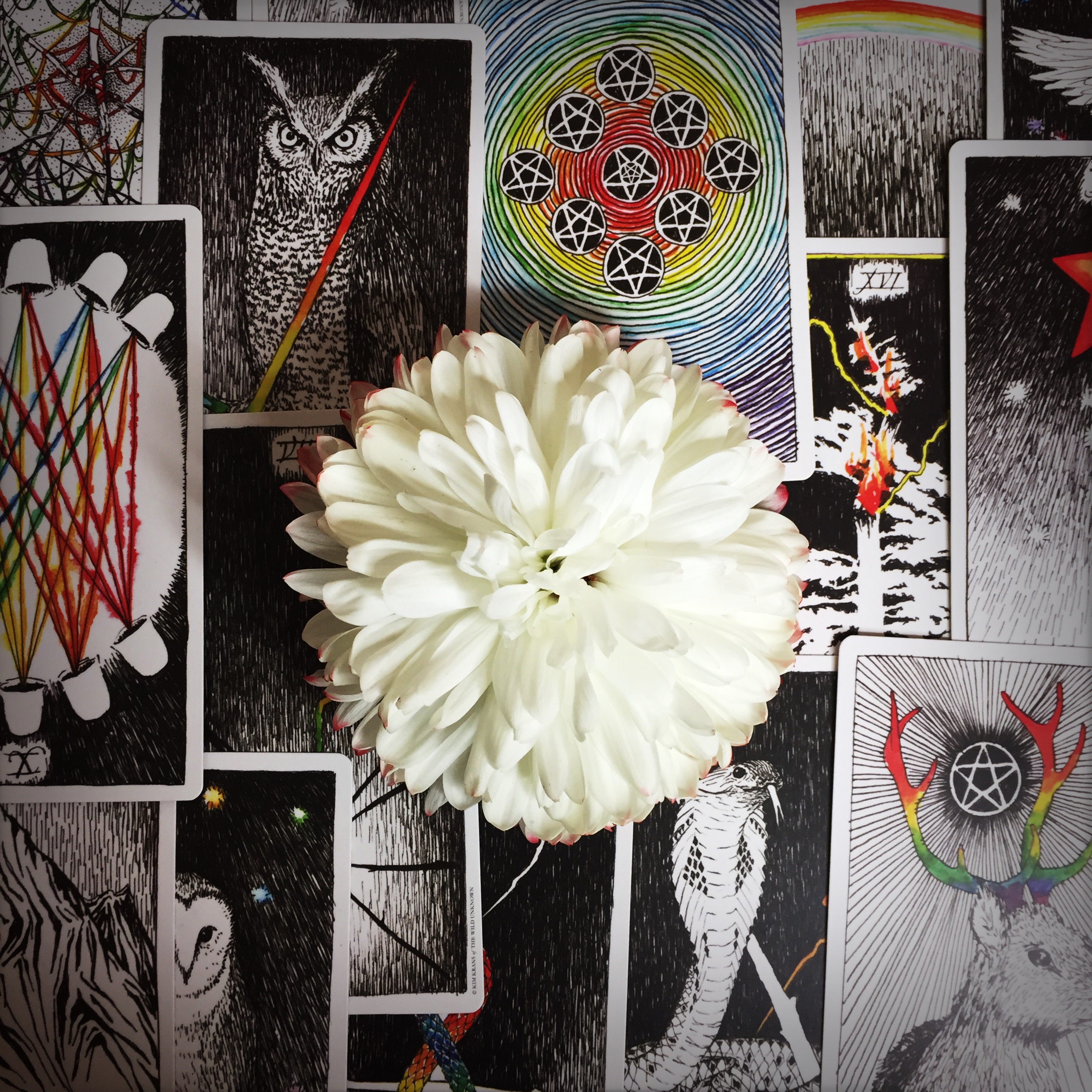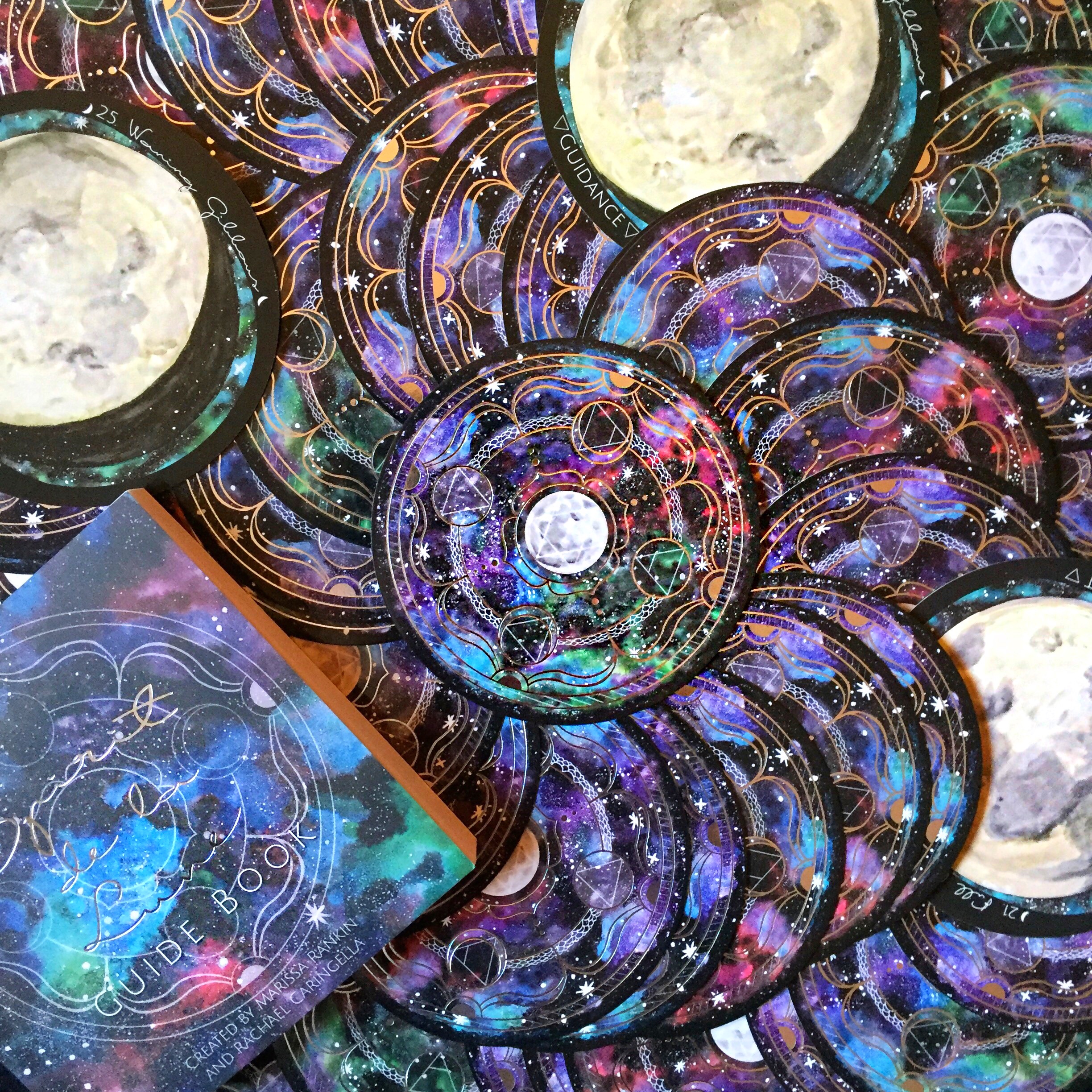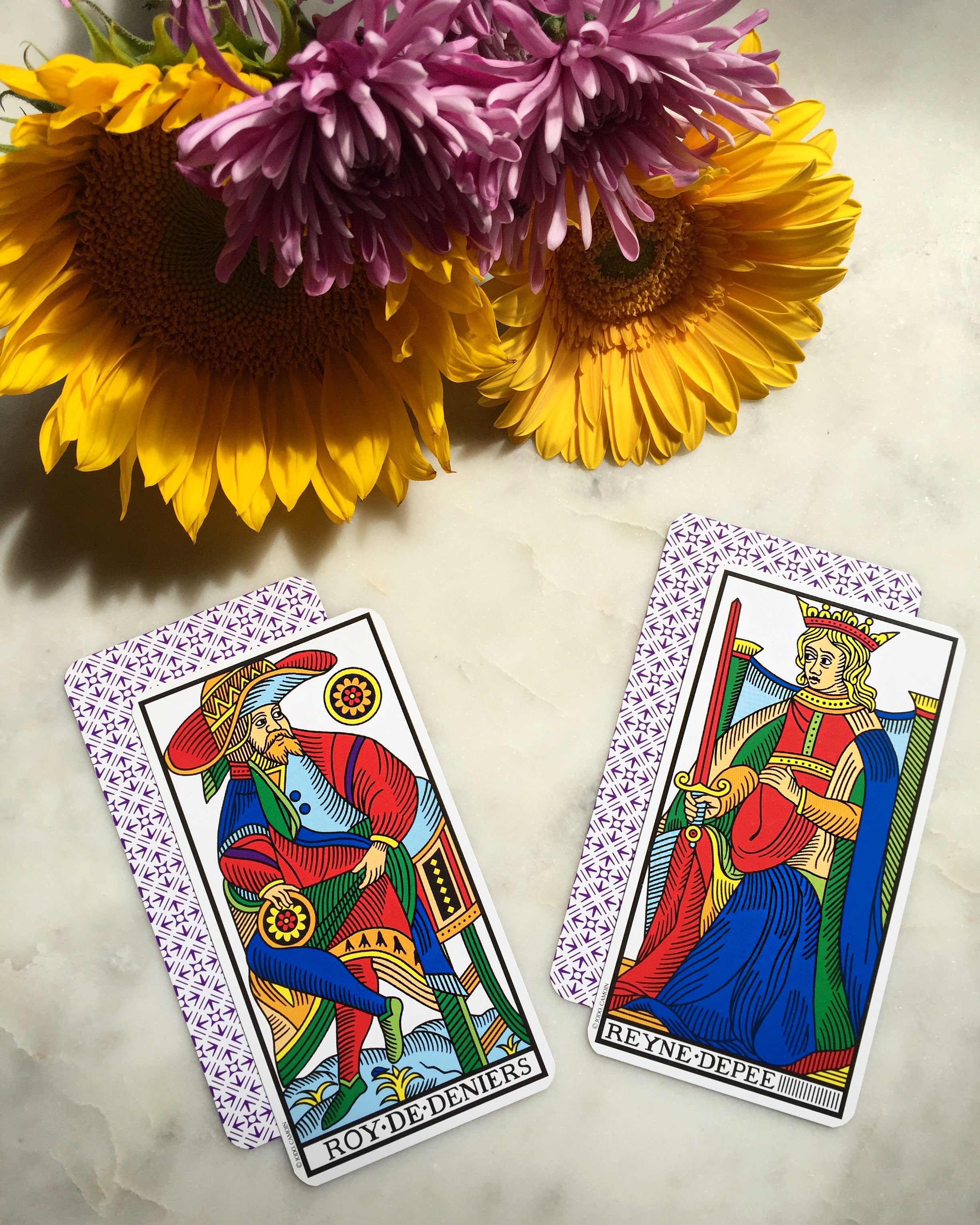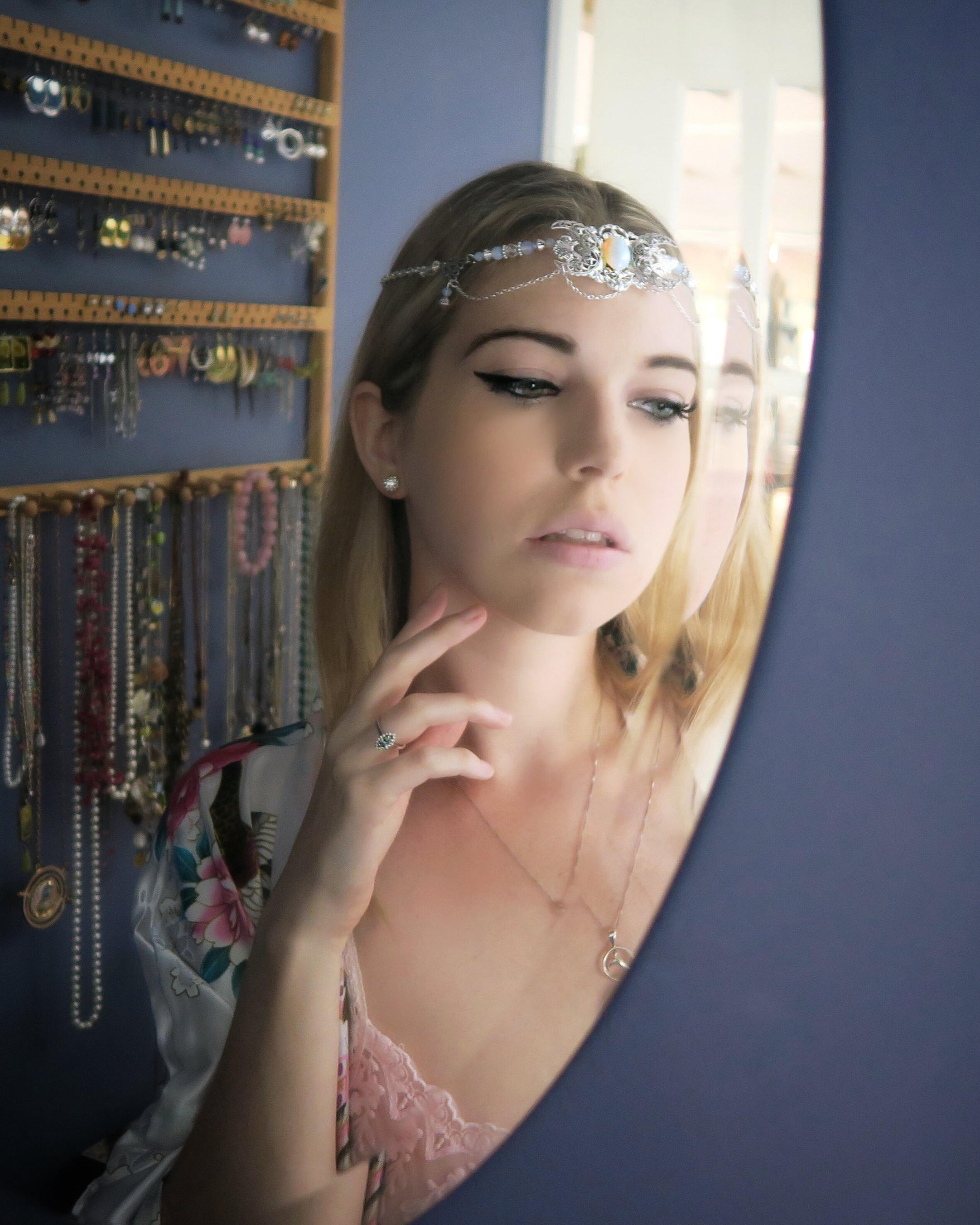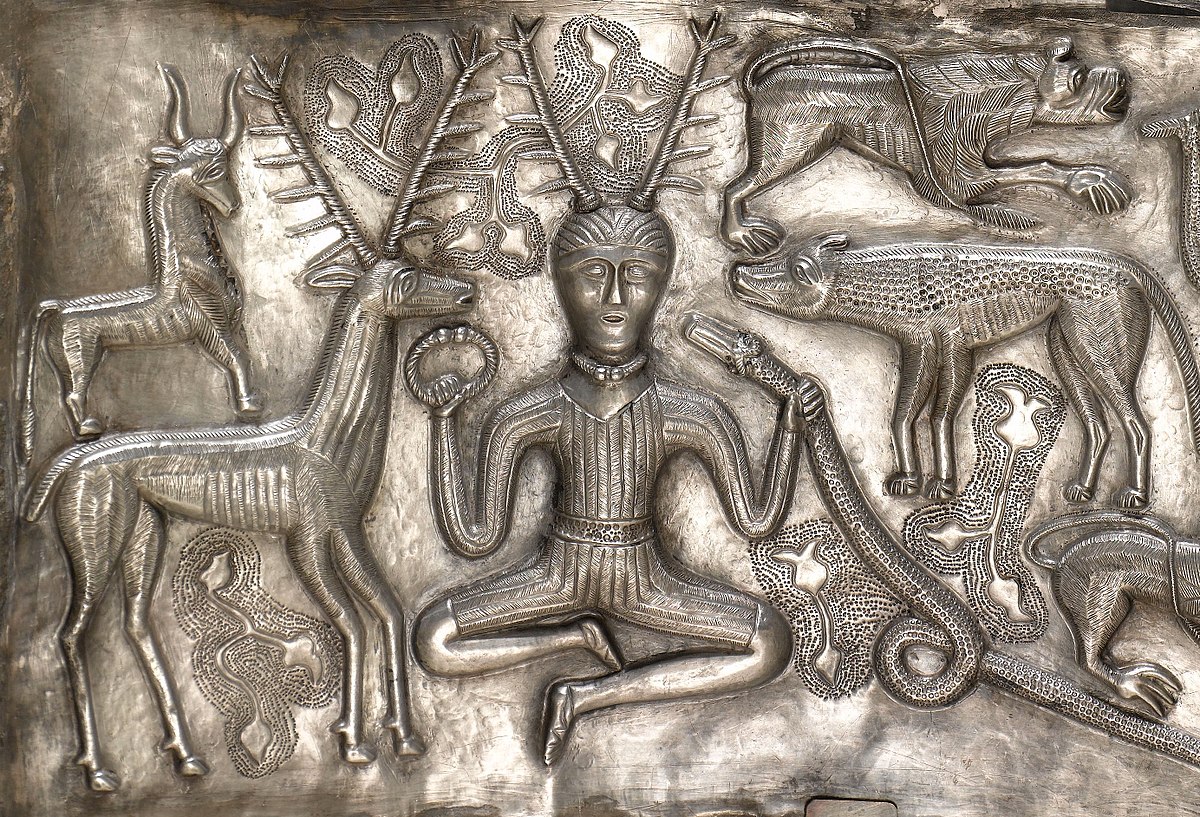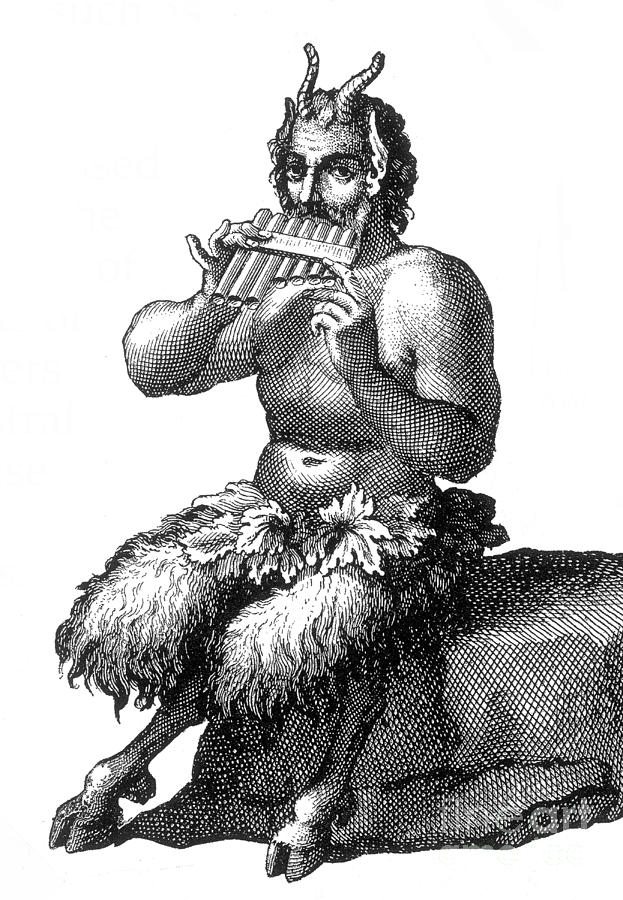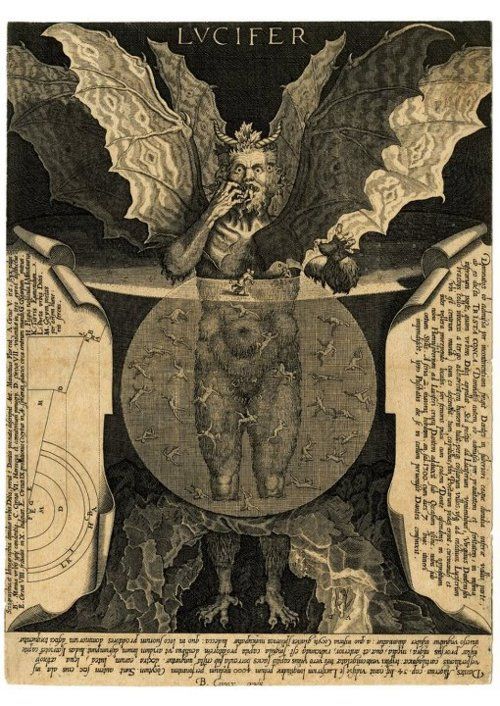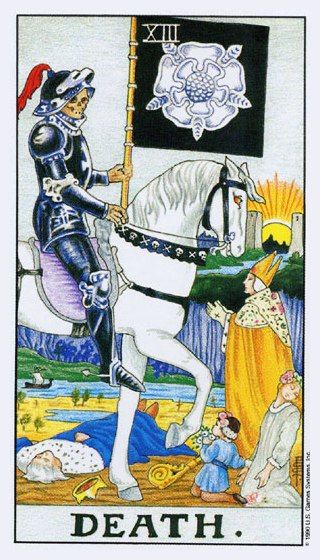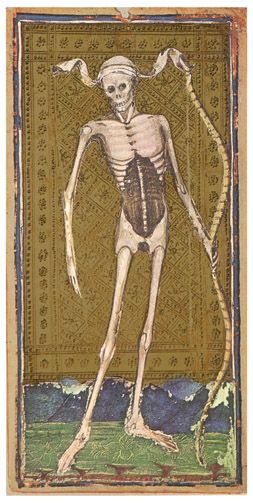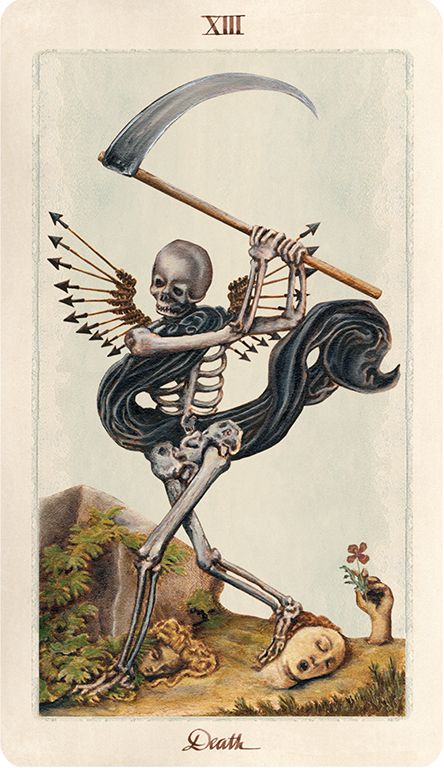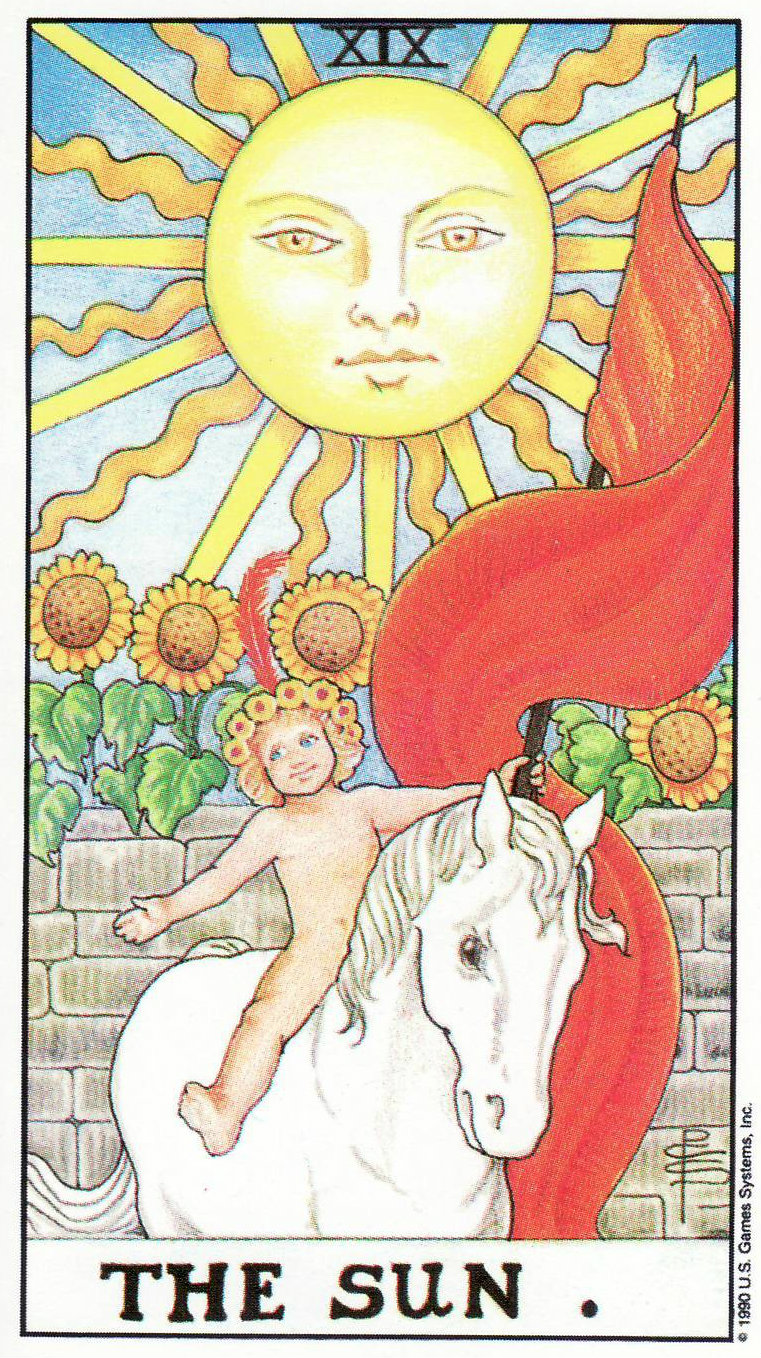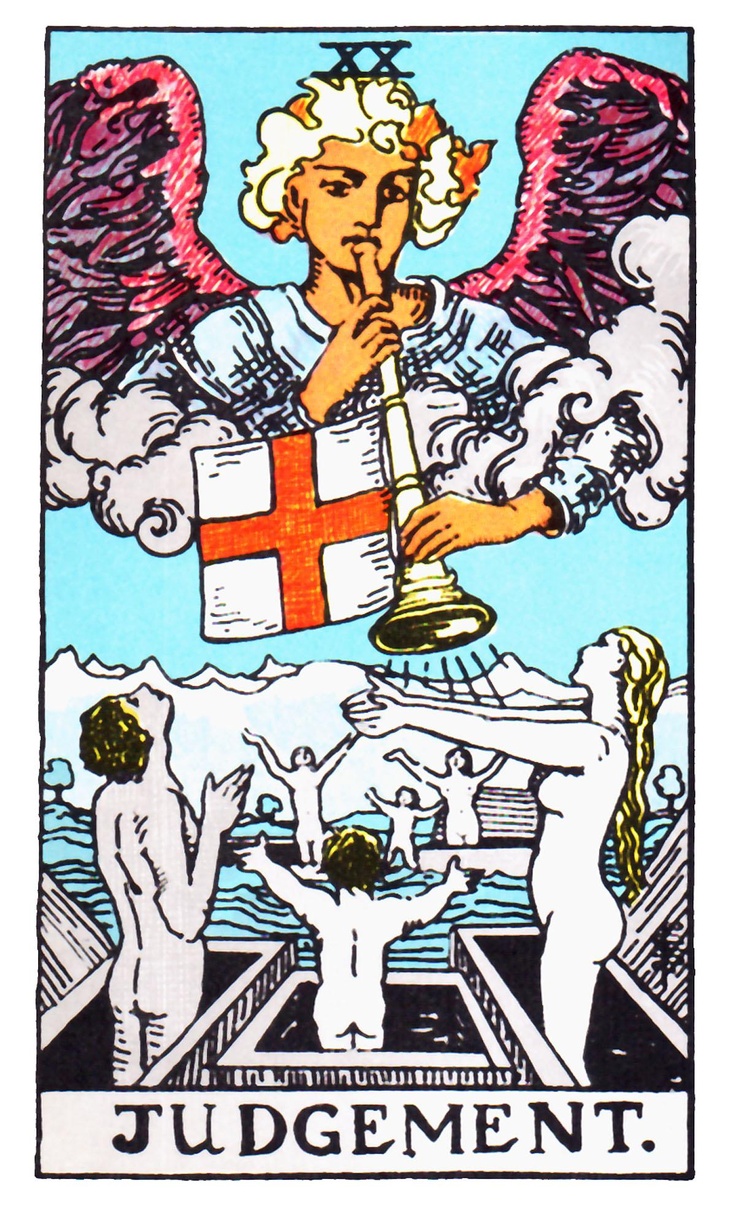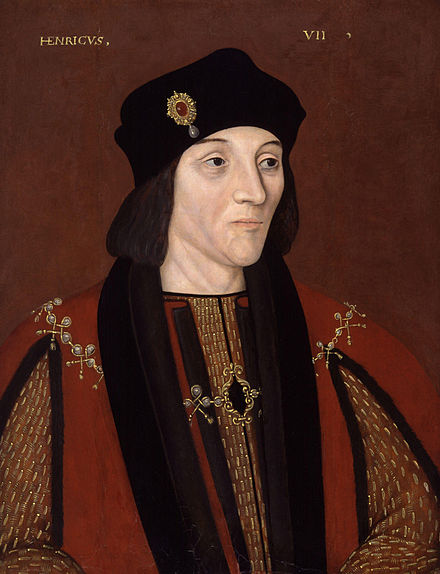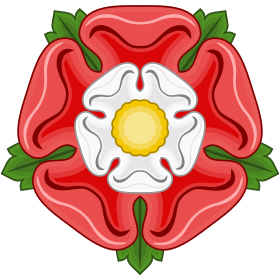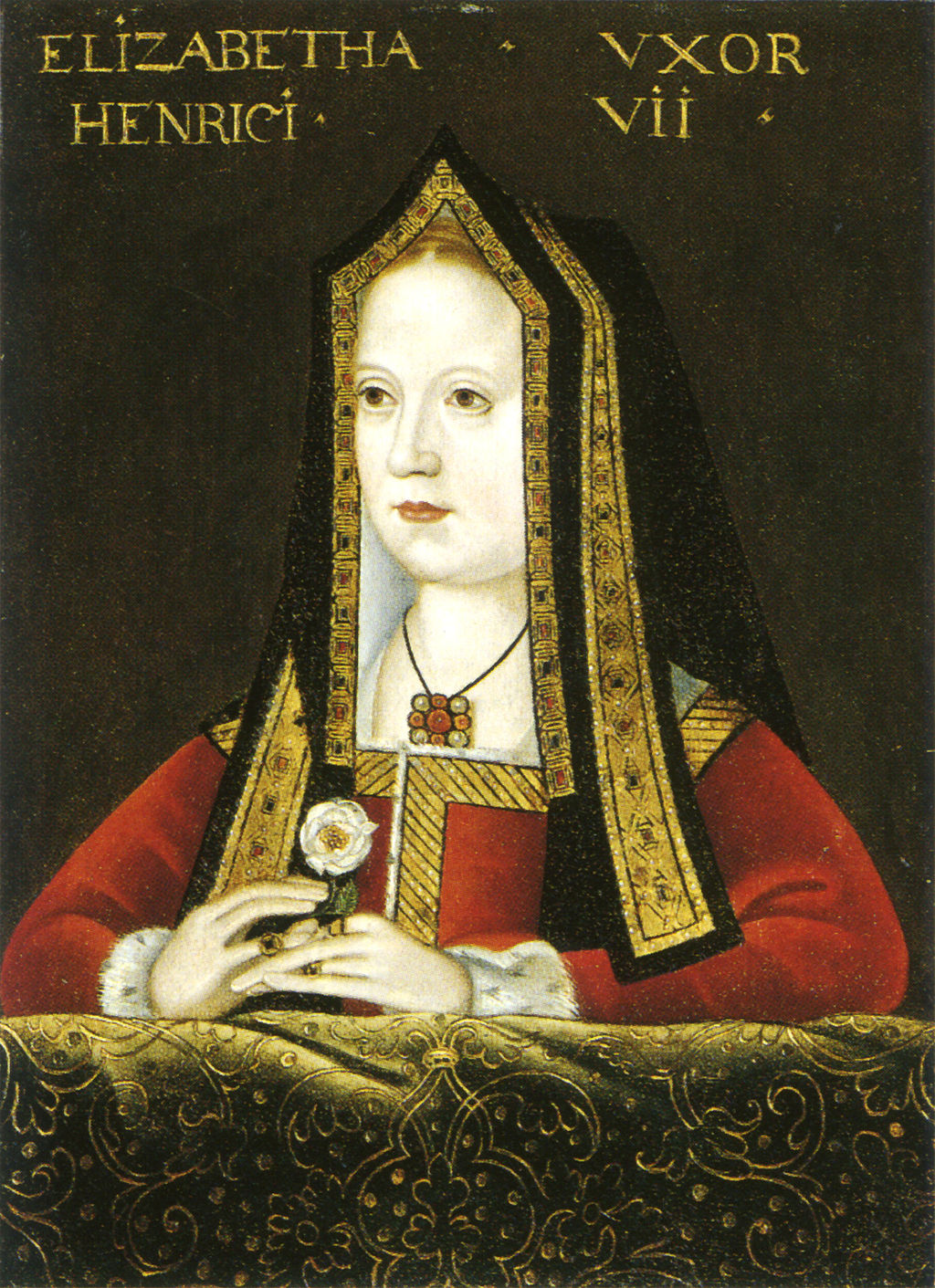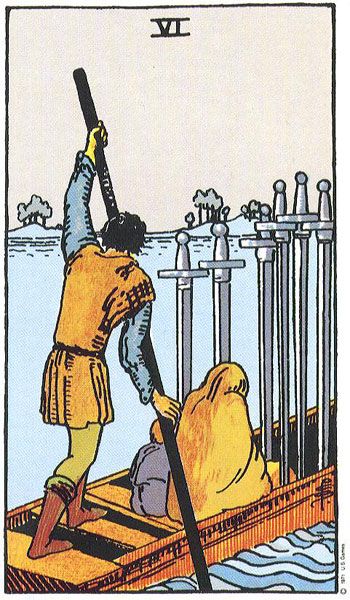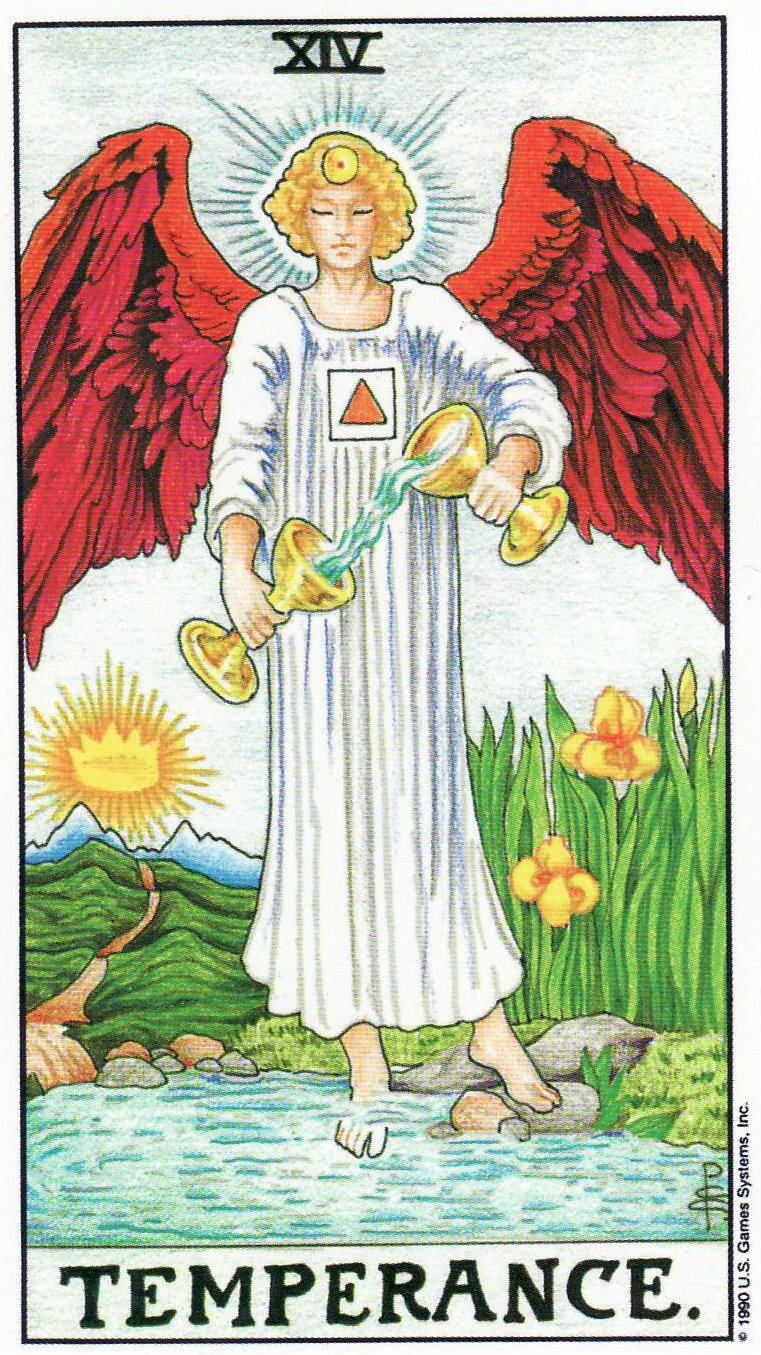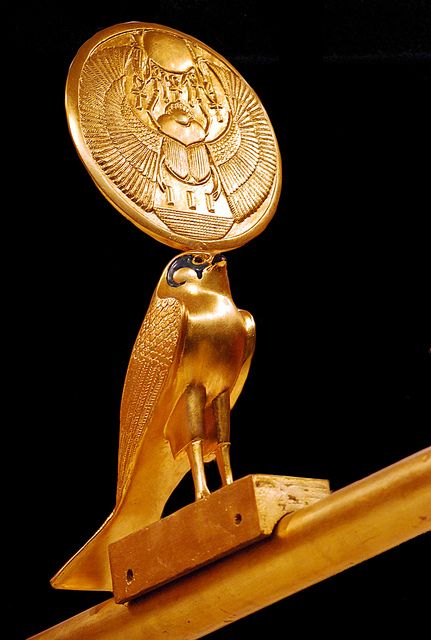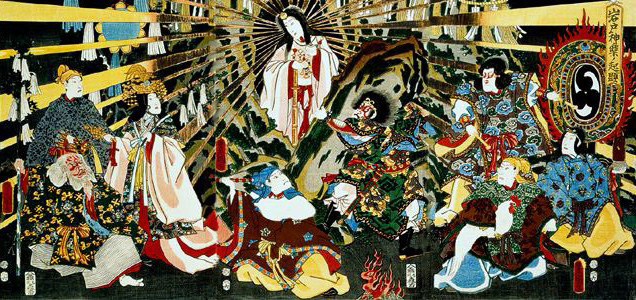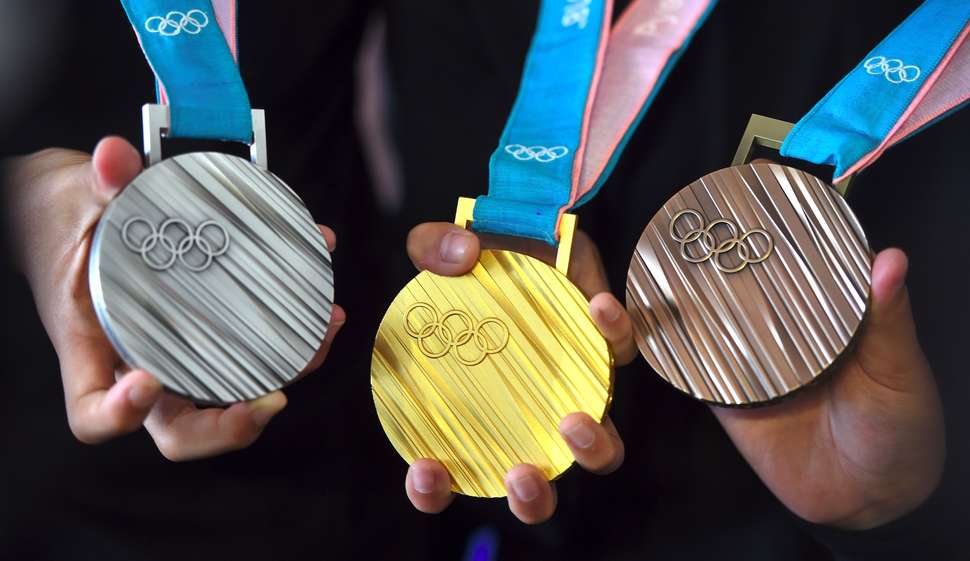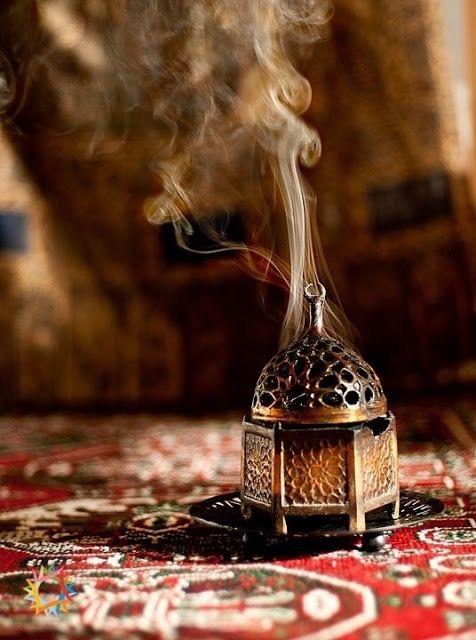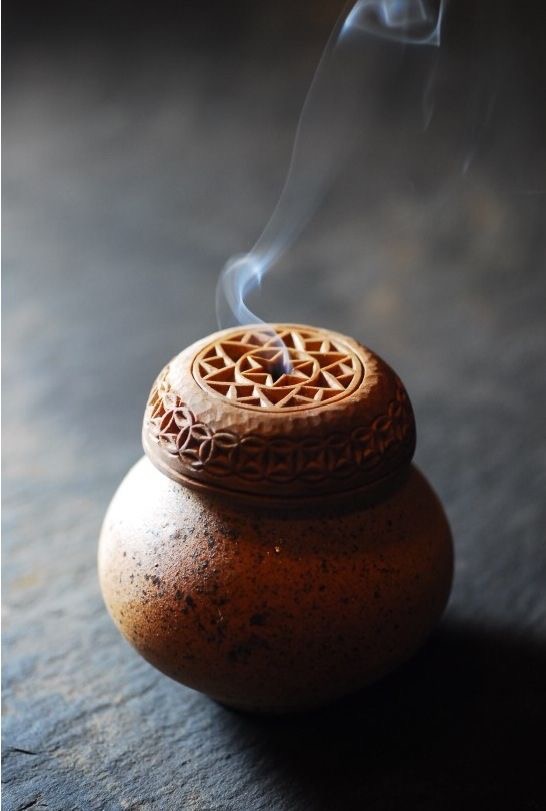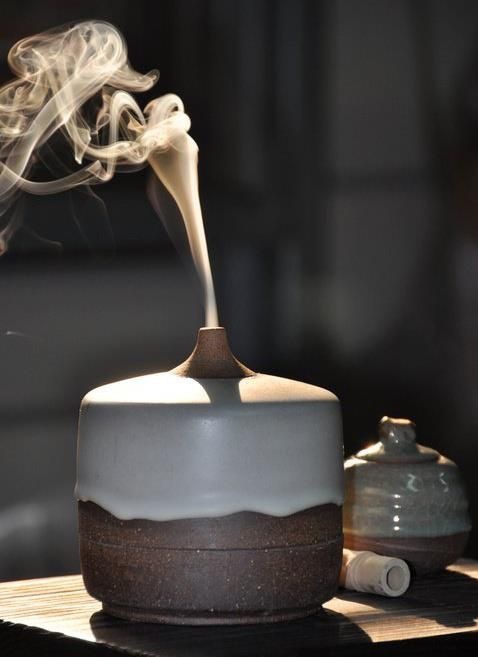We live in the golden age of tarot my friends. It seems that every week there’s a new tarot deck being published from the multitude of amazing artists out there. This means endless possibilities for your own tarot practice, which is exciting but can also get overwhelming at times. My own personal deck collection has expanded a lot recently and honestly I’m starting to run out of shelf space for them. I’ve come to the realization that I need to be more intentional about which decks I choose to purchase. I want each deck I own to best reflect my own personal reading style and artistic preferences. So, I put a list together of things to consider when trying to find a deck that best fits you.
1) WHAT IS YOUR CURRENT LEVEL OF TAROT KNOWLEDGE?
Some decks are of course easier to read with than others. When I teach tarot to my students I almost always recommend they start with the Rider-Waite Smith deck. This is because the images on the Rider-Waite Smith deck are clear, fairly simplistic, and contain easily distinguishable symbols. I find that the narrative style of the Rider-Waite Smith deck is great for beginners who are still working on memorizing the card meanings and symbolism.
For advanced readers certain decks might seem too simplistic and maybe you prefer a deck that challenges and adds to your understanding of tarot. The good news is that there are tons of decks out there jam packed with elaborate symbols and cryptic imagery.
2) DO YOU PREFER HISTORIC OR CONTEMPORARY?
Some tarot readers love researching and understanding historic decks, such as the Visconti Sforza and the Tarot de Marseille. Though decks from the 15, 16, and 17 century might not be for everyone. Often the minors in historic decks are in pip form (meaning they only have symbols similar to a playing card deck) as opposed to the narrative imagery you might find in later decks. It can definitely be a challenge to read the Minor arcana in more historic decks so you should consider your preference when making a choice.
3) ARE YOU MORE SYMBOLOGY FOCUSED OR INTUITIVE?
I view learning tarot as the development of two skill sets. The first skill I teach is how to interpret and understand the vast array of symbols that appear in the tarot images. Once the symbology is learned the card’s traditional meaning becomes clear and easy to remember. Then I focus on teaching people how to grow their own intuitive skills in order to enhance and bring additional meaning and significance to their readings. With an understanding of symbolism plus an advanced intuitive ability you gain the ability to read tarot with accuracy and intention. However, like most things in life you will most likely be more drawn to one of these aspects than the other. Maybe you prefer a deck full of symbols that can read like a novel, or perhaps you prefer more etherial decks that allow your intuition to fill in the gaps.
4) WHAT ARTISTIC STYLE APPEALS TO YOU THE MOST?
I view tarot as a form of art and we all have our own aesthetic preferences when it comes the type of art we prefer. Maybe you like minimalism, computer generated, watercolor style, woodblock prints, black and white, etc. No matter what your artistic preference there is sure to be a deck out there for you; it’s just up to you to find it.
5) HOW DOES THE DECK DEPICT YOUR FAVORITE CARD?
Do you have a favorite tarot card? For me, I really resonate with the Hermit so I don't purchase a deck until I’ve looked at how the artist interpreted that card. If I don’t vibe with the deck’s depiction of my favorite card I usually don’t purchase it. You want to make sure that the decks you own are ones that you’ll want to use again and again and this is a good way to make sure all your deck purchases will be tailored to your preferences.
6) DON’T FORGET TO READ REVIEWS
Before choosing a deck it’s best to first check out what other people have said about it. There are hundreds of tarot bloggers out there like myself that enjoy writing deck reviews so you should be able to find many well balanced reviews that can help make your decision a little easier.
I hope these six strategies help you when pondering your next (or first!) deck purchase. Remember that it’s a journey and it may take a while to find a deck that you really resonate with, but when you do you’ll form a connection with it that will last a lifetime. Happy deck hunting my friends and good luck!
Do you struggle with deck overload or being overwhelmed by all the options out there? Share your thoughts and any additional strategies in the comments below. For more tips and tricks to finding a deck you’ll love you can watch my corresponding Youtube video:
If you're ready to take the leap and start learning more about tarot, I have a special offer where you can try out my Tarot Certification Course with a one-on-one lesson with me through Skype. Sign up below to begin your own tarot journey!



